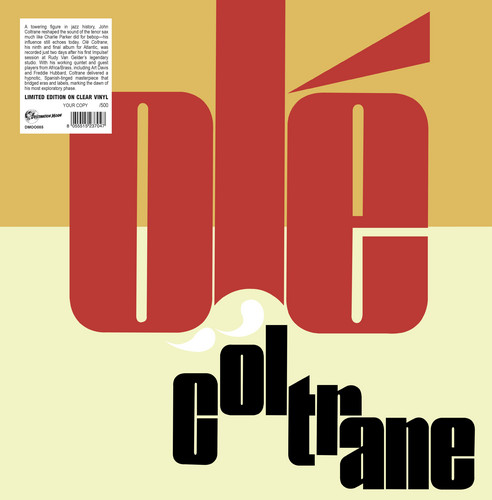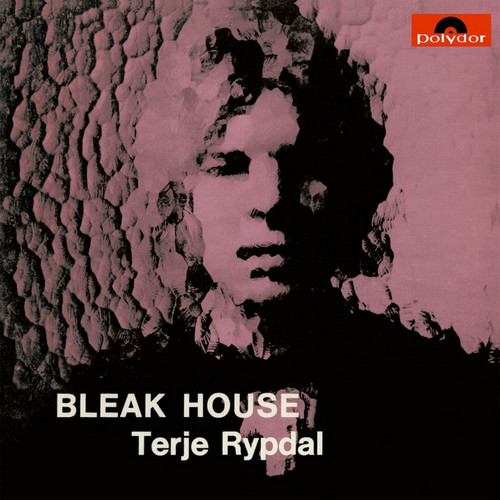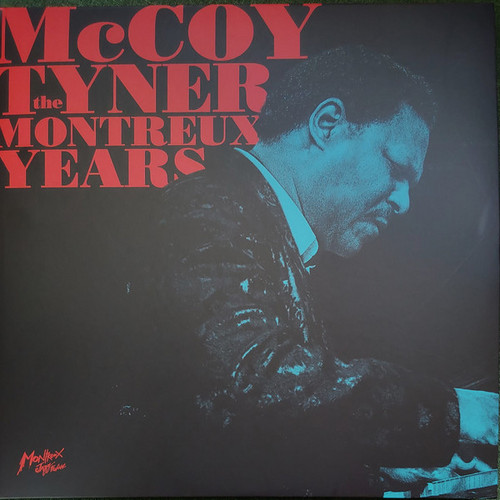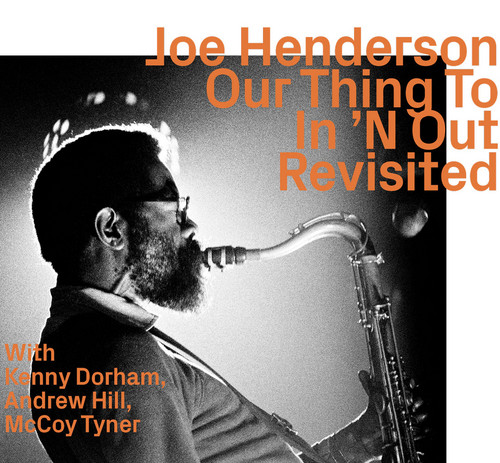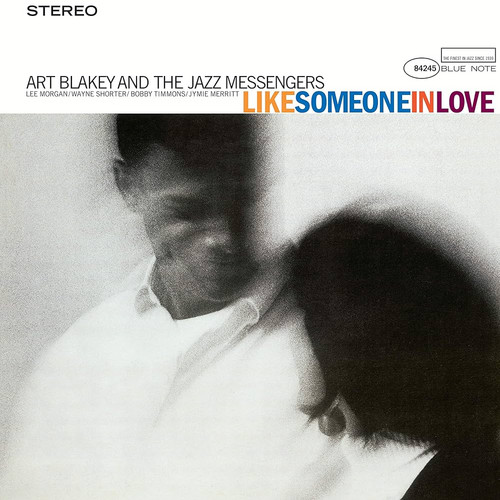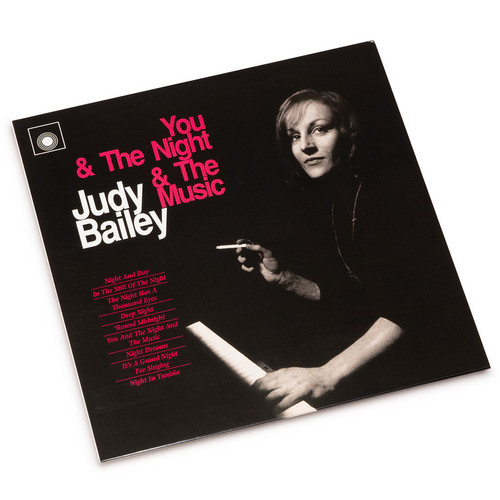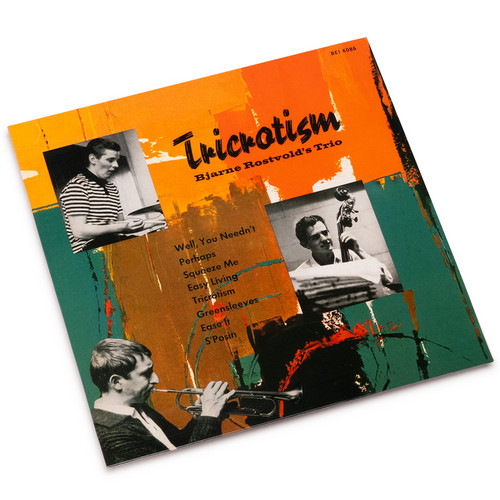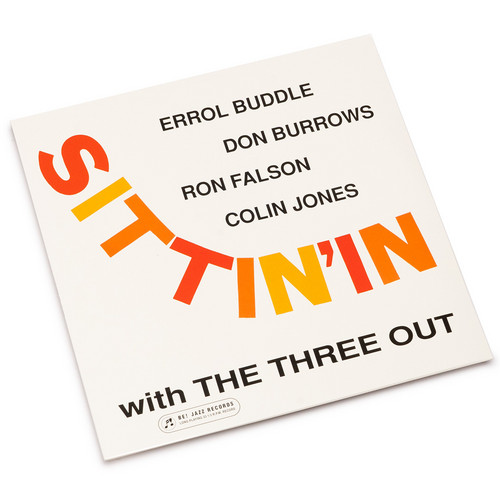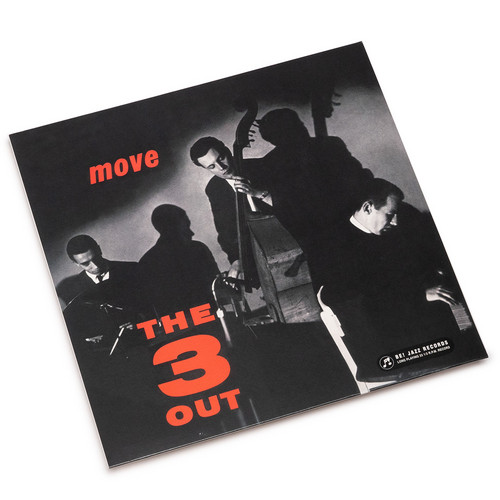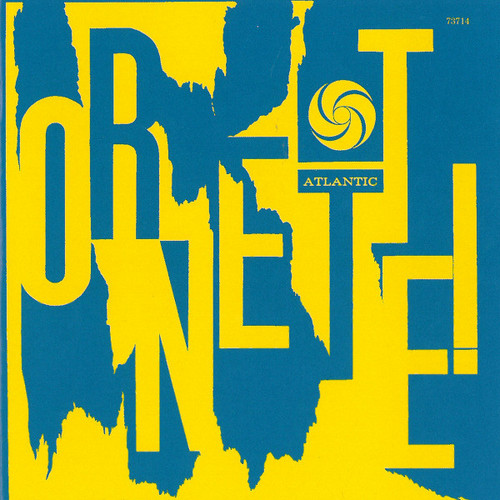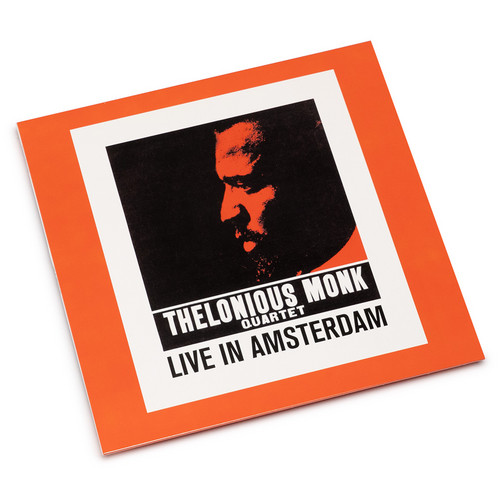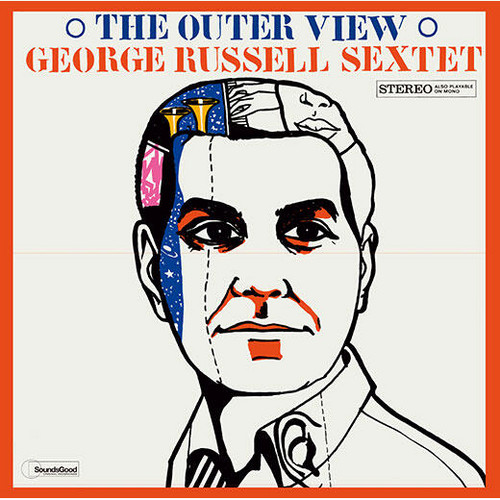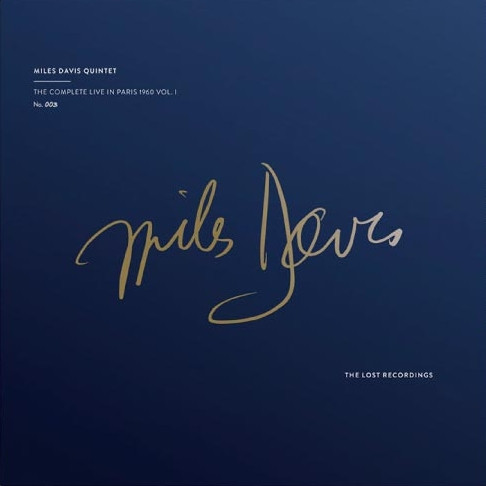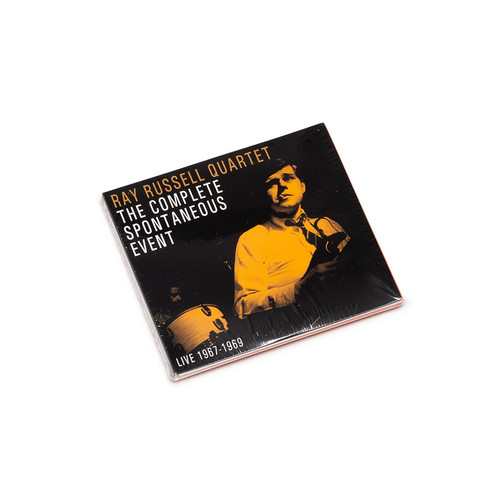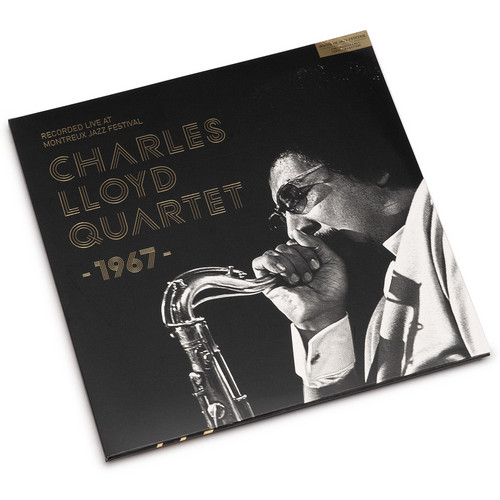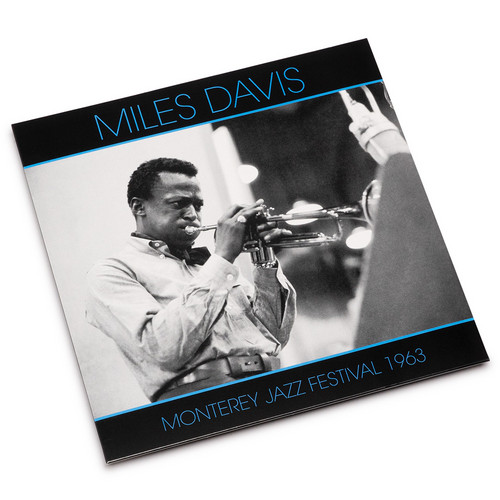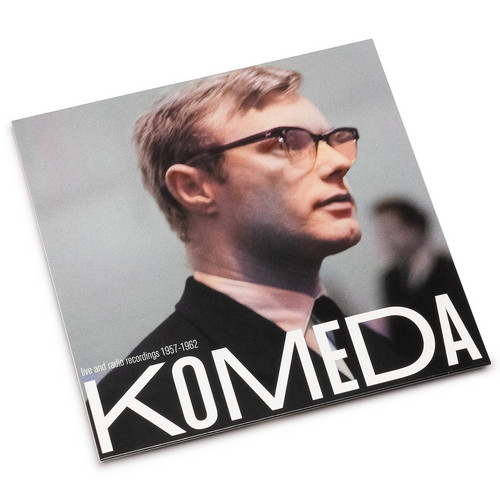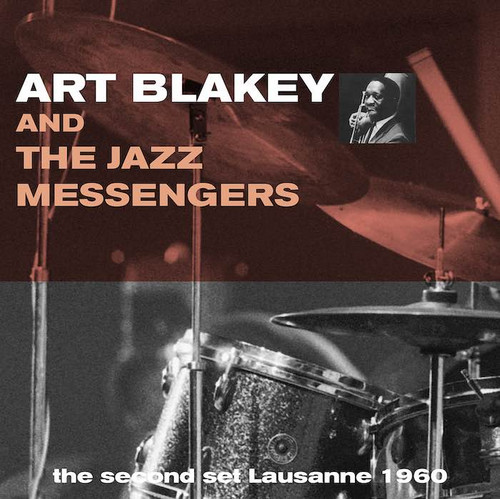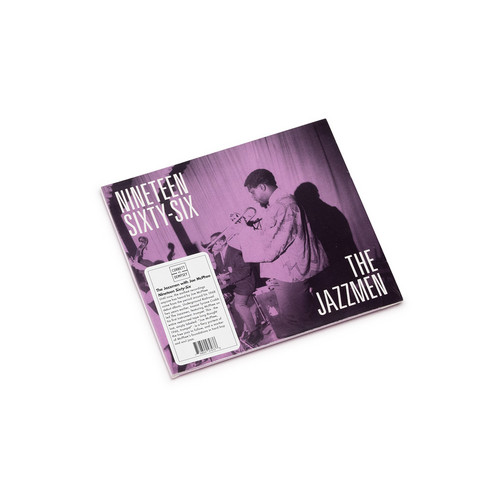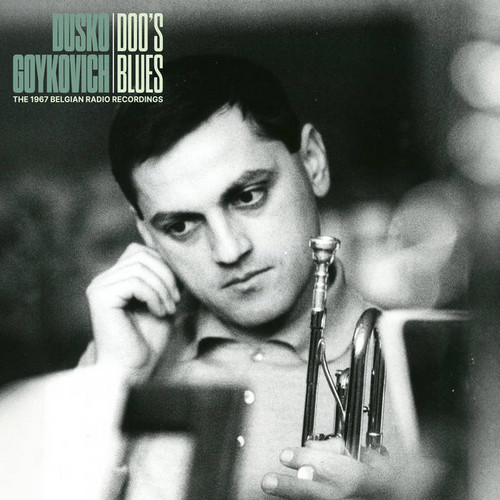Jazz /
Olè Coltrane
"The complicated rhythm patterns and diverse sonic textures on Olé Coltrane are evidence that John Coltrane was once again charting his own course. His sheer ability as a maverick -- beyond his appreciable musical skills -- guides works such as this to new levels, ultimately advancing the entire art form." - Lindsay Planer
Bleak House
The 1968 debut album from Norwegian guitar legend Terje Rypdal stands as a significant entry in the late 1960s jazz landscape, exemplifying the transition from psychedelic rock to a more intricate, freeform blend of jazz elements. Collaborating with legendary musicians like Jan Garbarek, Rypdal's work on this album showcases his innovative talent.
Recorded during three sessions in Oslo in 1968, Bleak House marks Rypdal’s departure from the psychedelic group The Dream as he ventured into new musi…
The Montreux Years
A collection of some of McCoy Tyner’s best Montreux Jazz Festival live performances!
The audio has Expertly restored and remastered in superlative HD audio; The Montreux Years is released on superior audiophile heavy weight vinyl and MQA quality CD. The release includes brand new liner notes and rare photos from his Montreux shows.
Our Thing To In ’N Out
Joe Henderson Our Thing To In ’N Out Revisited notes: The Blue Note label in the early and mid 1960s was a haven for musicians engaged in the process of expanding the jazz vocabulary with unconventional harmonic strategies and new compositional infrastructures that elicited equally exploratory improvisational responses. And it was an ongoing process, benefiting from the sporadic, albeit calculated, interaction of different perspectives and methods of creative inspiration. Established or working g…
Like Someone In Love
One of the greatest line-ups of drummer Art Blakey’s hard bop finishing school The Jazz Messengers locked into place in 1960 when tenor saxophonist Wayne Shorter joined trumpeter Lee Morgan, pianist Bobby Timmons, and bassist Jymie Merritt for the recording of The Big Beat, an album that signaled the transformation of the band into a modern jazz juggernaut. In August of that year The Jazz Messengers returned to Van Gelder Studio twice for sessions that would yield the companion albums A Night In…
You & The Night & The Music
*2025 stock* Debut album from the Judy Bailey Trio, recorded 1962. The theme is the night and the trio give you new and exciting arrangements of 'night' tunes like 'Night And Day', 'In The Still Of The Night' and 'Night In Tunesia'. Possibly the swingin’est jazz album ever to come from Australia.Pianist Judy Bailey was active on the Sydney studio scene in the early '60s, and was the choice rhythm section of Australian bandleaders. It was as a composer that her reputation began to grow in the fol…
Tricrotism
*2025 stock* It's a fact that Bjarne Rostvold has won relatively little recognition to this day -in contrast to some of his Danish fellow jazz musicians. Quite unjustly, as we think. For many years Rostvold played with the Danish Radio Big Band before forming the Bjarne Rostvold Trio (Bent Axen: piano and Erik Moseholm: bass) and the Bjarne Rostvold Quartett, which included the trio's musicians plus trumpeter Allan Botschinsky. Both groups represent brilliant Danish jazz from the '60s. That's wh…
Sittin' In
The hard-swinging Three Out were attracting large and enthusiastic crowds in Sydney and shared the bill with such names as Dizzy Gillespie, Coleman Hawkins, Teddy Wilson and Sarah Vaughan. Here we find them continuing in the same exciting manner as their first album, 'Move'. The Three Out are joined by four horns on the second half of this album from 1960. The session has the flavour of the hard jazz of the American Masters of the sixties, particularly the "Big Soul Band" type from Chicago and N…
Move
*2025 stock* Jazz in Australia at its best with incredible sessions by The Three Out from autumn 1960 – three masters with unbelievable musical control and understanding. This album was recorded at the El Rocco club six weeks after the group was formed, and the boys claim they were only just becoming accustomed to one another’s playing. In all, they cut thirty different titles in two 3-hour sessions, all of which were one take only. This in itself is incredible as the resulting takes never fall …
Ornette!
Ornette! is the seventh album by Ornette Coleman as a bandleader and the second credited to his quartet (following This Is Our Music). Though considered one of his early works, by the time it was recorded on 31st January 1961, Coleman was already an established jazz legend. His reputation had been cemented by the release of ground-breaking albums such as The Shape of Jazz to Come and Free Jazz.
These two albums embody the central, seemingly contrasting, elements of Coleman's early career: a meti…
Live In Amsterdam
*2025 stock* Warehouse fund ! The legendary Monk's quartet appearance at the world-famous Concertgebouw in Amsterdam in May 1961. The high priest of Bop, one of the most important, if enigmatic figures in modern Jazz together with three of his main disciples, tenor sax specialist Charlie Rouse and the ultra dynamic rhythm section of John Ore - double bass and Frankie Dunlop - drums, in a wonderful performance based on super tight renditions of classic tunes such as Jackie -ing, Straight No Chase…
The Outer View
*2023 stock* "From his earliest days as a composer, George Russell has worked from the assumption that if jazz was to grow as an art form it would have to look within itself for the materials of growth. Developing the theoretical ability to abet that process has occupied Russell from his works for the Dizzy Gillespie big band of the late 1940s to his most recent electronic music. The Outer View is one of his most brilliant small-band recordings, applying Russell’s system of tonal organization no…
The Complete Live in Paris 1960, Vol. 1
This is the first time this concert has been published in its entirety. The adventure began in 2022 with a visit to a tape recorder enthusiast in Brittany. It turned out that he had the missing part of this mythical recording. It took us almost two years of traveling through the south of France and the United States to finally find the other original tapes in... Stockholm. We are proud and happy to present this first volume.
In October, on the stage of the Olympia - a legendary Parisian venue th…
The Complete Spontaneous Event: Live 1967-1969
This tracks on this album were recorded between 1967 and 1969 and include all the tracks on the five sessions Ray Russell’s Quartet recorded ‘live’ for Jazz Club in that period. Those sessions included compositions from Ray’s first two albums he made as leader for CBS – Turn Circle and Dragon Hill. Just six tracks from these sessions were previously released on very limited edition vinyl as Spontaneous Event by Jazz In Britain in 2000. That album attracted particular interest on its release, it …
1967 - Recorded Live At Montreux Jazz Festival
When I arrived in Geneva, Claude picked me up in his Aston Martin. He had a tape deck playing Lowell Fulsom – a guy who used to come to Memphis a lot and I knew some of his musicians. I grew up around the Blues, so this was a natural sound for me. Claude didn’t tell me until much, much later that he played Blues harmonica. He took us to the hotel where we had a warm and cordial welcome. Montreux was a quaint and sleepy town in 1967. However, there was a palpable excitement in the air and we coul…
Live At The 1963 Monterey Jazz Festival
Recorded September 20, 1963, at the Monterey Jazz Festival, this set featured Miles Davis's new quintet, with George Coleman, Herbie Hancock, Ron Carter, and Tony Williams. This group, minus Coleman and with the addition of Wayne Shorter, would soon go on to make some of the most highly regarded jazz LPs of all time. This smoking set features a wonderful rendition of "So What", among others. Essential live jazz classic.
Live and Radio Recordings 1957-1962
One more step into the eclectic world of Krzystof Komeda. An outstanding compilation based on Komeda's early production featuring a variety of live and radio recordings between 1957 and 1962. Four different line ups including the Komeda trio, quartet and sextet, plus another quartet shared with tenor sax player Bernt Rosengren. A bunch of true pioneers for Jazz in Eastern Europe searching for the perfect synthesis between the American stylistic influence and a distinctive Slavic lyricism.
Second Set Lausanne 1960
Lee Morgan – trumpet, Wayne Shorter – tenor sax, Bobby Timmons – piano, Jymie Merrit – bass and Art Blakey – drums. Needless to remind that this was one of Blakey’s strongest line ups ever. A powerful and highly dynamic combo featuring young and yet very distinctive personalities driven by Blakey’s unprecedented force of nature. Hard Bop fans will be delighted by the re-release of this famous concert held in Lausanne (Switzerland) in 1960, where the second set featured, among others, an intense …
Nineteen Sixty-Six
Until now, the earliest recordings anyone has heard by Joe McPhee come from the period around his 1968 debut album, Underground Railroad. McPhee had just started playing tenor saxophone at that point. A couple of years earlier, the bassist featured on all of McPhee's early recordings, Tyrone Crabb, led a band of his own, the Jazzmen, in which McPhee was featured on his first instrument: trumpet. Indeed, McPhee was a trumpet legacy – his father was a trumpeter. In the mid-'60s, Joe was a serious …
Doo's Blues (The 1967 Belgian Radio Recordings)
Sdban Records is proud to present Doo’s Blues, a collection of previously unreleased radio recordings capturing Serbian jazz trumpeter, composer and band leader Dusko Goykovich (1931-2023) at the moment he definitively established himself as one of Europe’s most distinctive jazz artists. Dusko Goykovich was born and raised in Jajce, Bosnia and Herzegovina, at the time part of the Kingdom of Yugoslavia. He studied at the Belgrade Music Academy from 1948 to 1953, playing trumpet in Dixieland bands…
